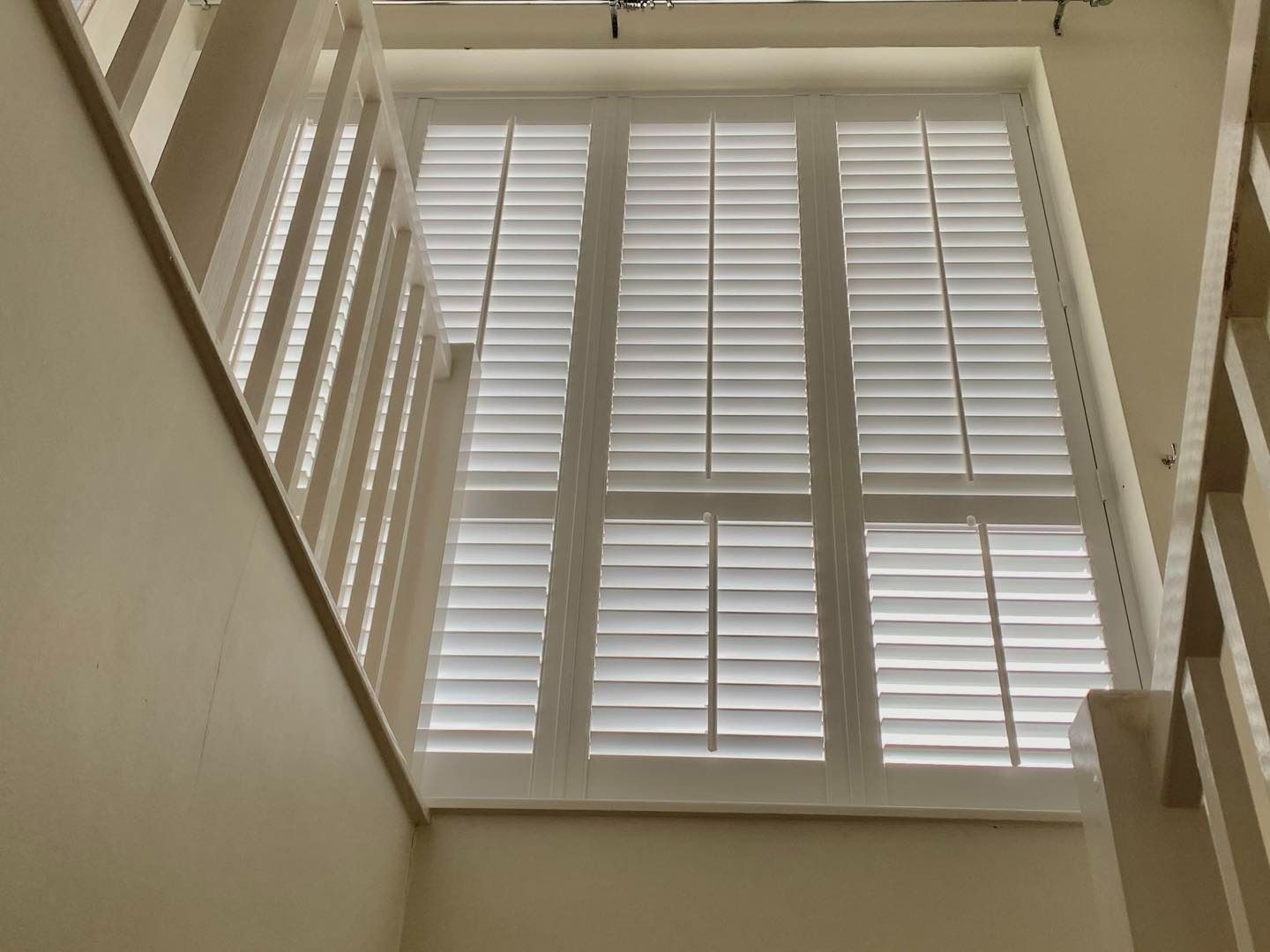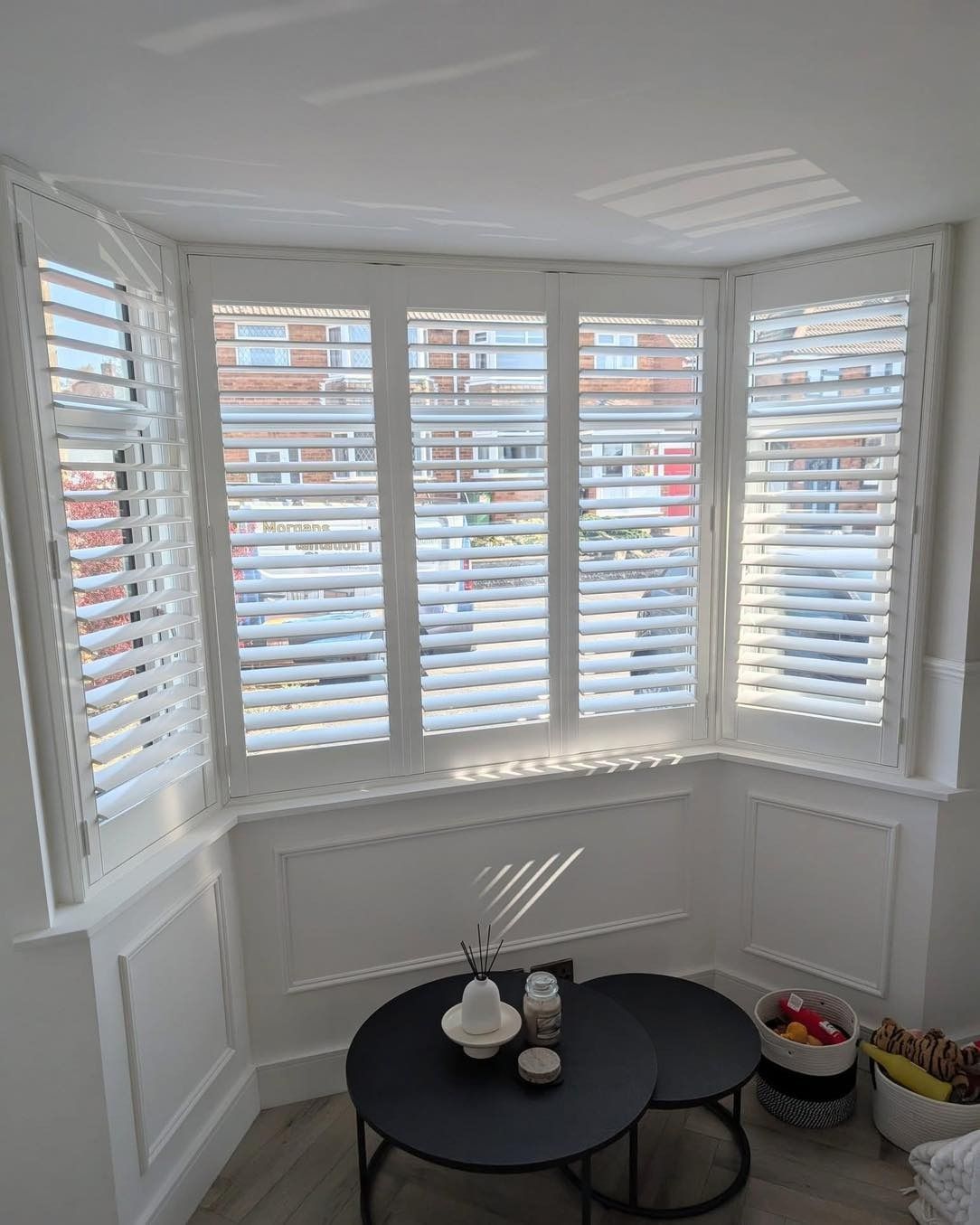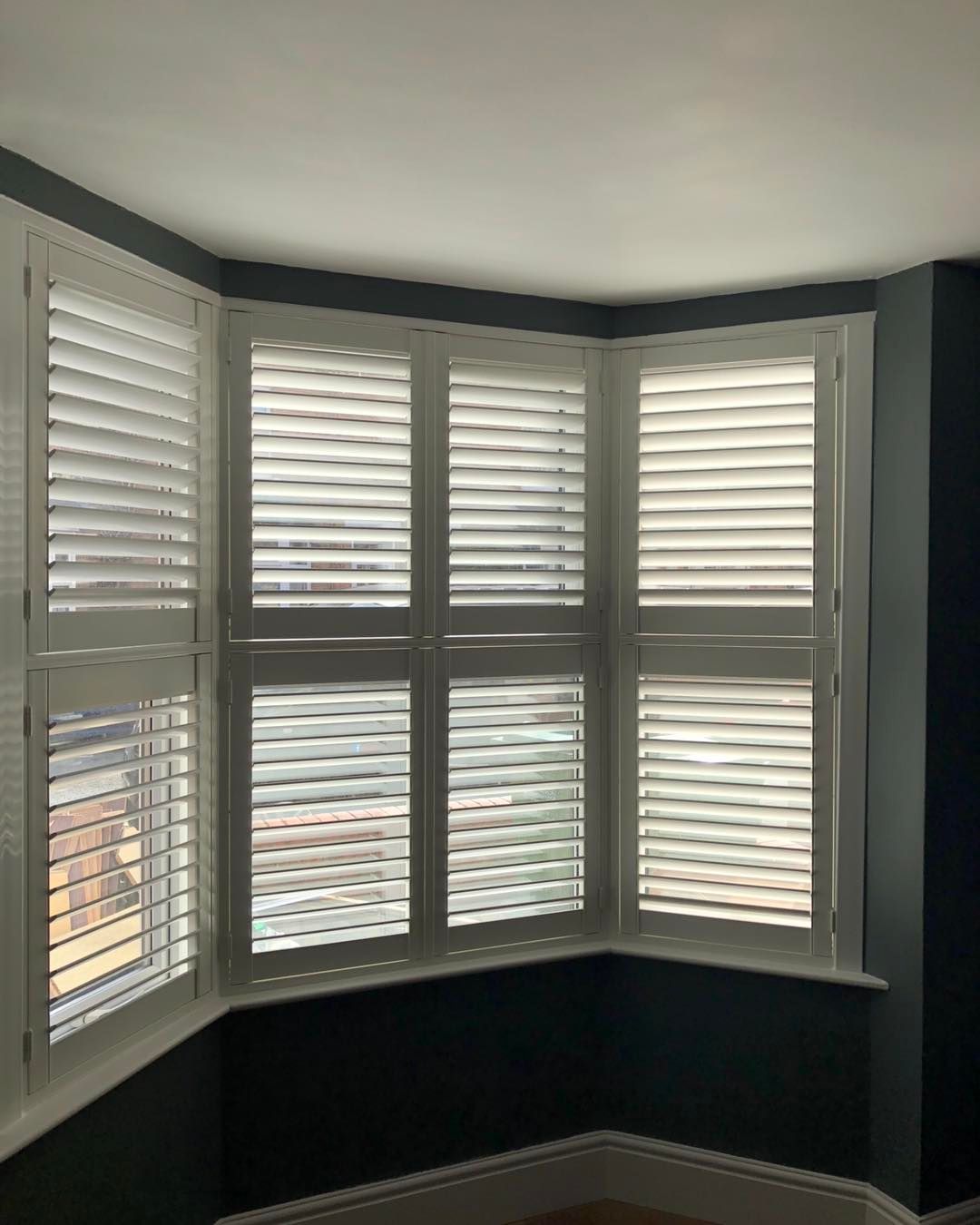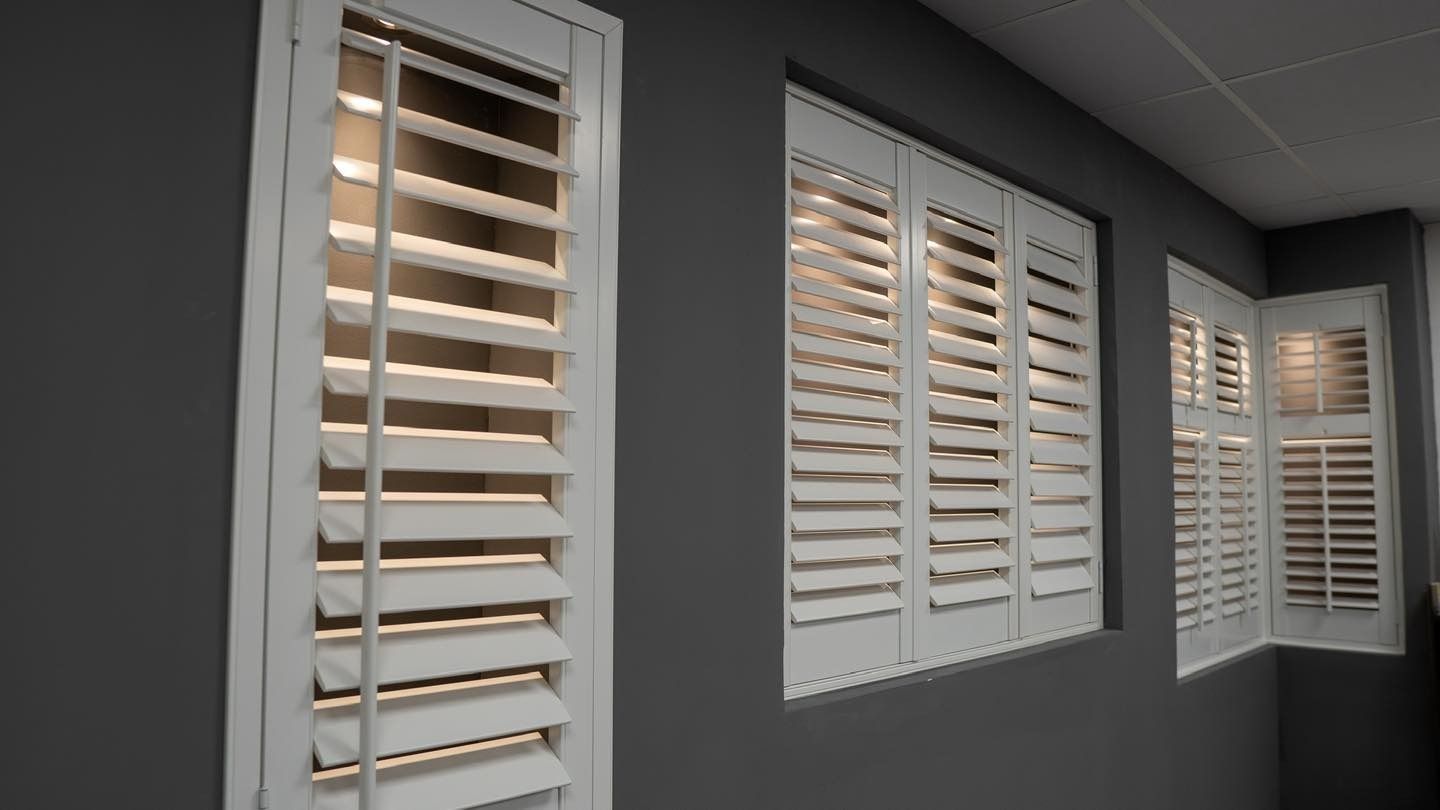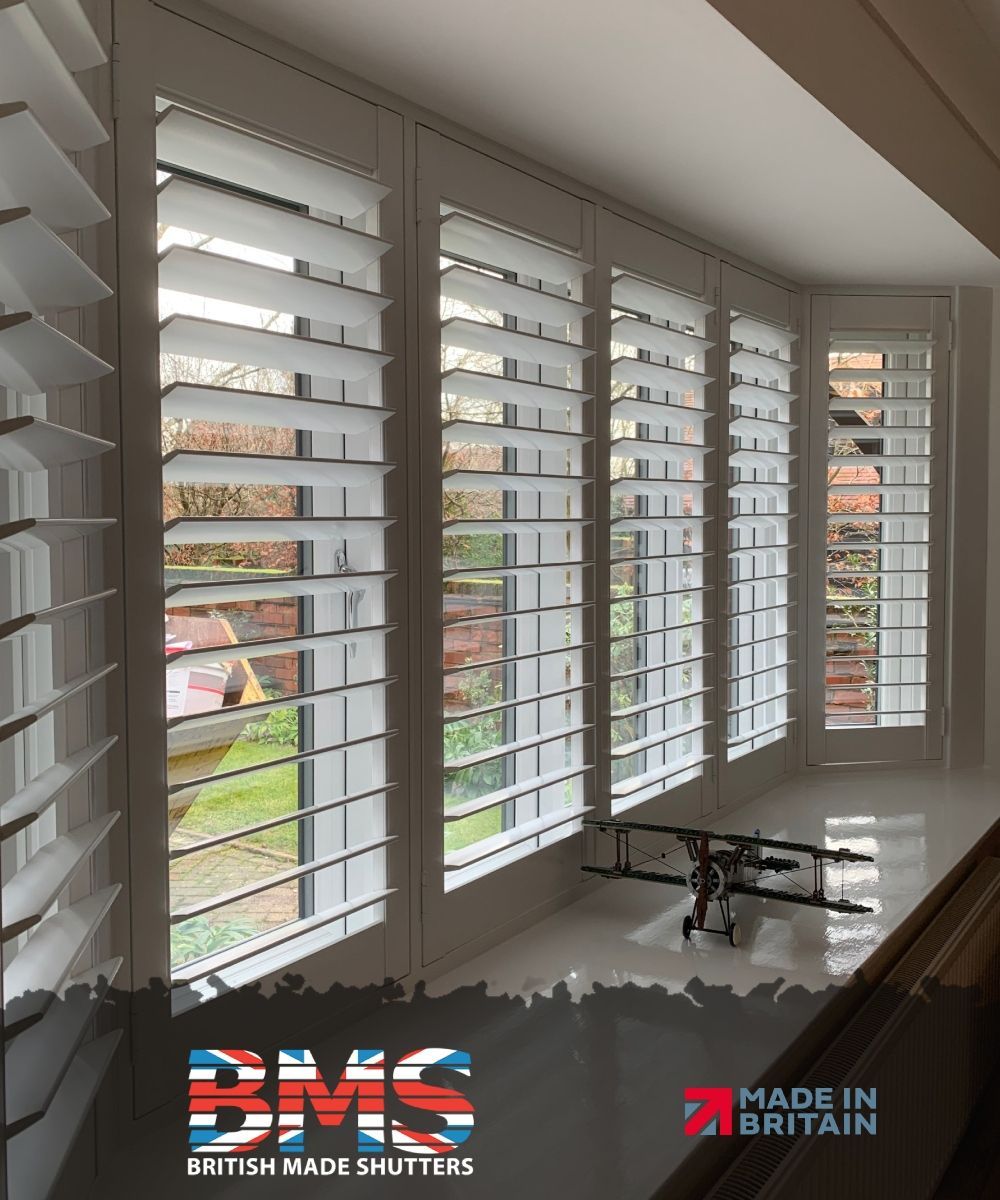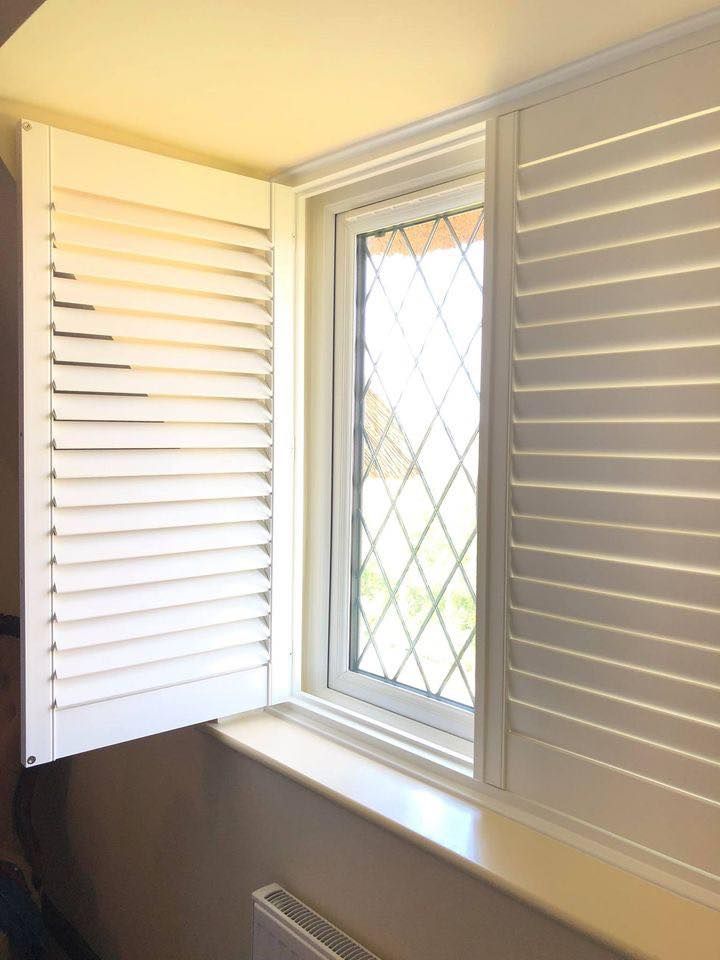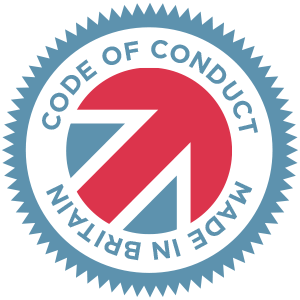Shutters are more than just a style choice. They help keep out noise, add privacy, and give your windows a polished look. But when they start making unexpected sounds like creaks, squeaks, or clicking, they can quickly become more frustrating than functional. That noise might seem minor at first, but over time it can disrupt your comfort and feel like a daily nuisance.
Noisy shutters are usually a sign that something isn’t working quite right. It could be something simple, like loose screws or misaligned parts. Or it might mean there’s a need for repair or maintenance. If you're tired of hearing that nagging sound every time you open or close your shutters, you're not alone. Here's how to figure out what's causing the problem and what can be done to fix it.
Identify The Source Of The Noise
Before doing anything else, start with a simple inspection. Walk around the room and gently move the shutters back and forth. Listen closely. When does the noise happen? Is it when you tilt a louvre? When you slide or fold the panels? That first clue can make a big difference in narrowing down the issue.
Here are some of the most common causes of noisy shutters:
- Loose hinges or screws: These can cause squeaky or rattling sounds, especially when the panels swing.
- Dry or rusted movable parts: Parts that haven't been used or maintained in a while may start to grind or squeak.
- Panels rubbing against the frame: Wood can shift slightly over time due to changes in temperature or humidity, causing scraping or sticking sounds.
- Dust or buildup in tracks: For tracked shutters, grime often collects and causes a grinding noise when sliding.
Use a screwdriver to check visible screws. If you can turn one easily by hand, it’s likely too loose. Tightening them can often fix the issue. For dry or squeaky components, try applying a small amount of lubricant made specifically for window fittings. Be careful not to use too much, as excess oil can trap dirt.
Another thing to look out for is alignment. If a shutter panel doesn’t sit flush with the rest, it may be putting extra pressure on its hinges. That tension can lead to noise. Take a moment to do a visual check, comparing each panel side-by-side to see if anything looks out of place.
Addressing Issues With Shutter Louvres
Louvres play a big role in both the appearance and operation of your shutters. When they’re misaligned, stiff, or warped, you’ll often hear it—maybe a giggle of squeaks when they tilt or a thud when slats knock into each other.
Start by gently tilting each louvre from top to bottom. If one feels loose or seems to hang lower than the others, it could be out of place or affected by a worn connecting rod. When louvres don’t move together, or one tilts on its own, it often signals uneven wear and friction.
Watch for signs like:
- Louvres that don’t move in unison
- One slat looking crooked or sagging
- Clicking or thudding when tilting slats
- Uneven resistance during movement
Wooden louvres may warp over time, especially if your shutters are near windows prone to temperature changes or humidity—something common in areas like Lanarkshire. While a small warp may appear to be only cosmetic, it can throw off the balance of the shutter and add unwanted noise.
Also, inspect the tilt rod. This part connects the louvres and allows for smooth operation. If the rod feels loose or the staples attaching it have come out, you may notice slats tapping sharply or shifting unpredictably during movement.
Your louvres should feel solid and balanced. If they stiffen up or knock around, it may be time for a professional to check for wear or damage. A smooth-running shutter is also a quieter one.
Solutions For Noisy Shutter Tracks
Tracks for sliding or folding shutters are meant to stay quiet if everything is aligned and maintained. But once debris like dust, pet hair, or small bits of grit build up, scraping and grinding aren't far behind. This becomes more common in busy family homes like those in Lanarkshire, where tracked shutters see frequent daily use.
To get them back to silent operation, follow this straightforward cleaning plan:
1. Use a dry, soft brush to sweep away loose dust and particles from the tracks.
2. Go over the area with a damp cloth to lift any residue or grime.
3. Stay clear of soap-heavy products, which can leave a film that attracts more dirt.
4. Allow the track to air dry completely.
5. Apply a light coating of silicone-based spray lubricant along the track to let parts glide silently.
As you're cleaning, check how each shutter panel sits on the track. If a panel leans to one side or feels stiff when sliding, the rollers beneath might be worn or misaligned. This uneven weight causes strain and sounds that linger even after cleaning.
Tracks might not be the first thing you think of when shutters start groaning, but they’re often the hidden culprit. Regular attention, especially in homes with pets, children, and changing seasons, can extend the life and silence of your shutters.
When To Involve A Professional
Sometimes you fix everything you can, wipe everything down, tighten a few parts, and the noise still sticks around. If repeated attempts haven’t helped and the sounds keep creeping back in, it may be time to bring in extra help.
Call in a professional when you notice:
- Ongoing noise after regular cleanings and adjustments
- Panels that don’t sit squared in their frame
- Louvres that won’t move or make grinding sounds when used
- Cracks in tilt rods or visible wear on hinges and joints
In many cases, the real issue could be hidden underneath the surface—like internal parts slipping out of place or warping that’s not obvious without a closer inspection. These are things that often go unnoticed until major repairs are needed.
A technician from British Made Shutters can assess everything thoroughly, make precise repairs to key components, and restore balance to the shutter operation. If the damage is too advanced, they’ll also be able to talk you through replacement options if necessary. It can be a relief letting someone else get to the root of the trouble when you’ve reached your limit.
Keeping Shutters Quiet for the Long Run
Once you've fixed the noisy shutter problem, staying ahead of maintenance helps keep things smooth over time. A little upkeep prevents squeaks and lets you enjoy quiet comfort.
Run through this checklist once a month:
- Gently wipe down the louvres and frame
- Brush and clean shutter tracks
- Test all hinges for movement or rattling
- Listen for any new creaks when opening or closing
- Move the tilt rod to make sure slats shift easily
Shutters often handle a lot—direct sun, humid windows, frequent use. But with regular care, they’ll stay reliable while looking good. A quick check every few weeks helps avoid bigger problems later and keeps your home peaceful.
If you notice small signs returning, don’t wait. Addressing things early prevents wear from getting worse. That way, whether you’re opening shutters next to a peaceful garden in Lanarkshire or welcoming sunlight into a busy kitchen, you’ll always get quiet, easy movement with every use.
If you're dealing with shutters that won’t stay quiet no matter what you try, it might be time for expert help. At British Made Shutters, we’re here to keep things running smoothly. Learn more about how experienced
shutter manufacturers can help restore peace and comfort to your home with lasting solutions tailored to your needs.

